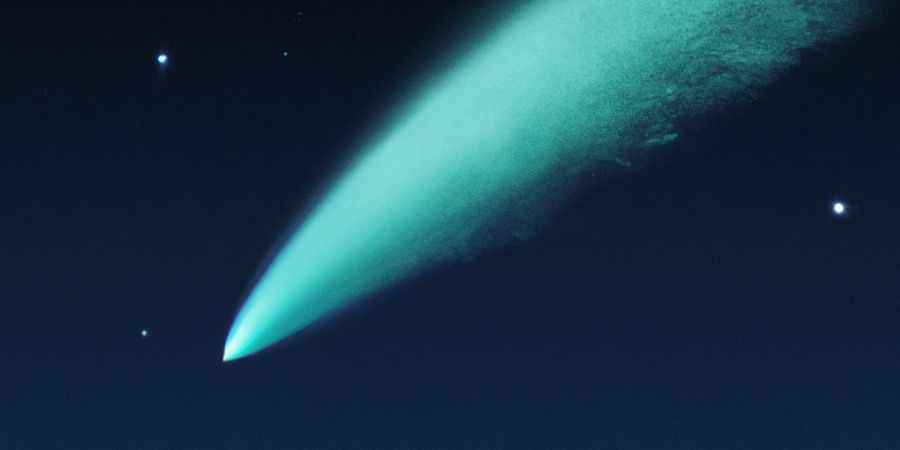

NASA expressed eyewitnesses in the Northern Half of the globe will find the comet in the first part of the day sky during January. It'll become noticeable in the Southern Side of the equator toward the beginning of February.
Showing up close to Earth after almost 50,000 years, and next assessed to come near us after as numerous years, it very well may be feasible to see an as of late found "green comet" in the following week.
The comet is assessed to come nearest to Earth around February 2. Named the C/2022 E3 (ZTF), the comet was named to allude to the people who previously spotted it - stargazers utilizing the wide-field study camera at the Zwicky Transient Office (ZTF) in the US, in Walk 2022.
NASA has said the comet could be noticeable with telescopes and optics, and could try and be noticeable to the unaided eye under a starry evening sky. This is the very thing that you really want to be aware.
What is the 'green comet'?
Subsequent to moving toward the sun in January, it is presently getting away from it, along its own circle. ZTF's co-head agents are Tom Sovereign and the College of Maryland's Michael Kelley, the office's comet master. Kelley told Space.com: "The circle shows it comes from the edge of our planetary group, a far off supply of comets we call the Oort cloud."
The Oort cloud is believed to be a major, round district of space encompassing our sun, comprising of endless little items, like comets and space rocks.
NASA terms it "the most far off area of our planetary group" and "Home of the Comets". The Gatekeeper revealed that the green comet could be a ways off of 2.5 light minutes from Earth, meaning a "simple" 27 million miles.
When and where could the green comet at any point be seen?
That's what NASA expressed assuming this one proceeds with its latest thing in brilliance, it'll be not difficult to recognize with telescopes, optics, and at times even to the independent eye under dim skies.
Onlookers in the Northern Side of the equator will find the comet in the first part of the day sky, as it moves quickly toward the northwest during January. It'll become noticeable in the Southern Half of the globe toward the beginning of February. As per Weather.com, in Indian skies, while glancing the northwest way, one could recognize it 16° over the skyline in the Boötes star grouping. In any case, with lights from structures and streetlamps on, it very well may be challenging to make it out without hardware.
Is the green comet uncommon?
Going under the class of extensive stretch comets, which require over 200 years to circle the Sun, the green comet isn't effectively spotted. With an exceptionally curved circle, the comet will go to the Oort cloud and show up about 50,000 years after the fact. However, given their circles, it's not interesting for comets to return near Earth solely after many, numerous years.
